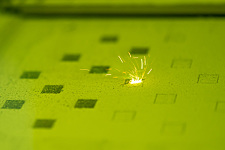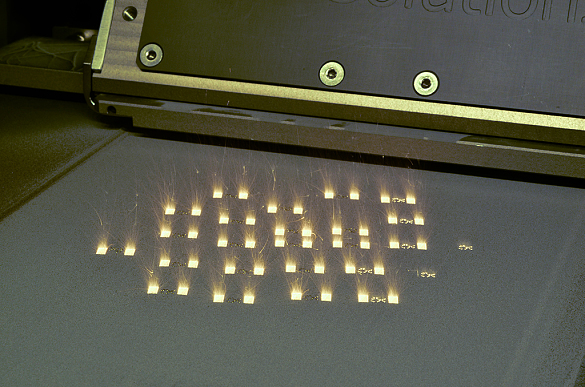Analysis of the characterisation and simulation of components during the 3D printing process – AnaSim⁴AM

Bremen’s Leibniz Institute for Materials Engineering – IWT is in great demand as a partner for the development of additive manufacturing technologies and is receiving €720,000 in funding from 2014 to 2020 under the ERDF programme. Half of the amount is being provided by the State of Bremen, and half by the EU.
In the project entitled Analysis of the characterisation and simulation of components during the 3D printing process – AnaSim⁴AM at the Leibniz Institute for Materials Engineering – IWT, the process chain for additive manufacturing (3D printing) of high-tensile metallic components is to be completed via the availability of new materials analyses. The overarching aim is the establishment and expansion of the process chain covering the entire spectrum from the manufacture of the powder to the manufacture of the product and quality assurance.

For example, the new X-ray fluorescence (XRF) analysis aims to study the chemical composition of the material at all the manufacturing stages. Glow discharge optical spectroscopy (GDOS) is used to analyse the chemical composition following processing of additive manufacturing components.

This project focus on innovation an is supported by our heroine Felicia